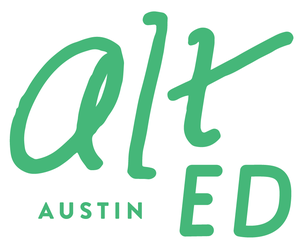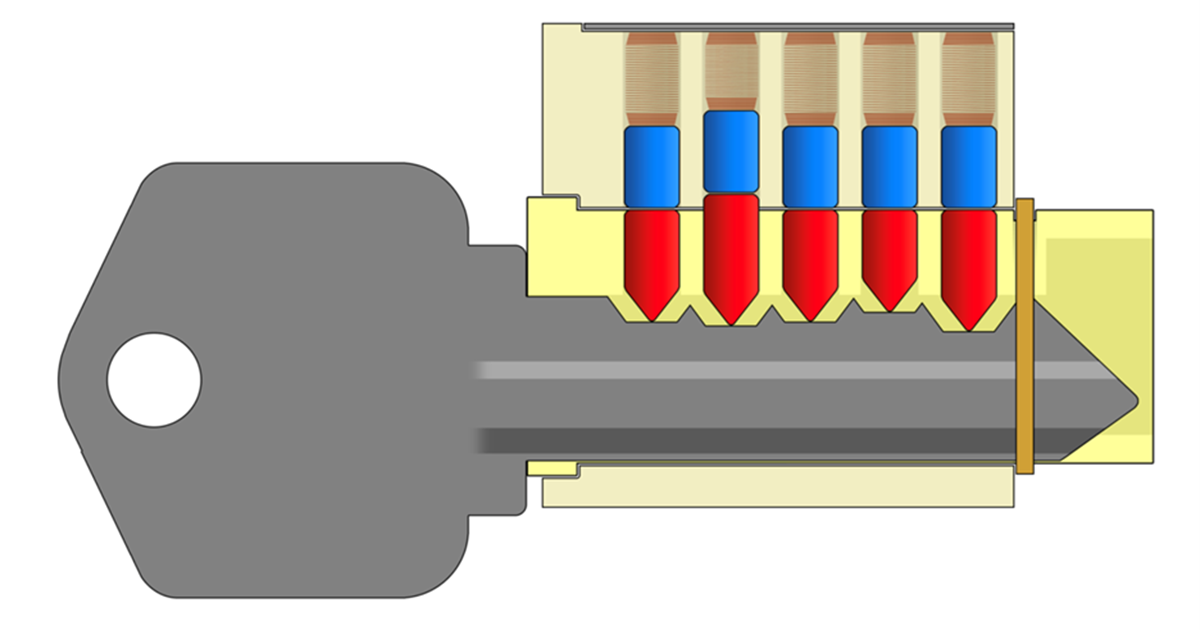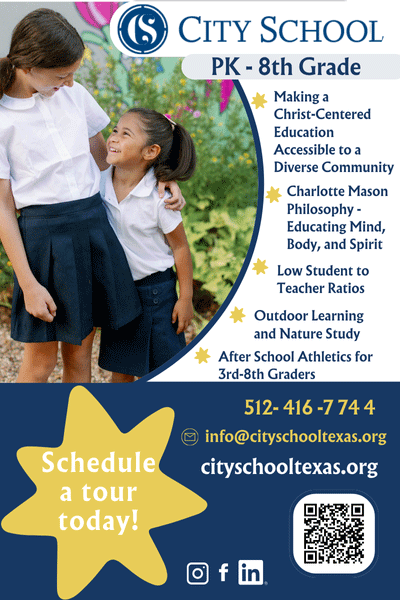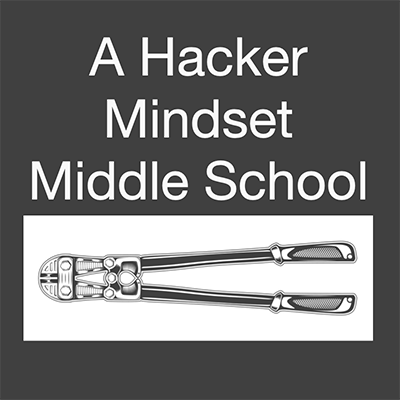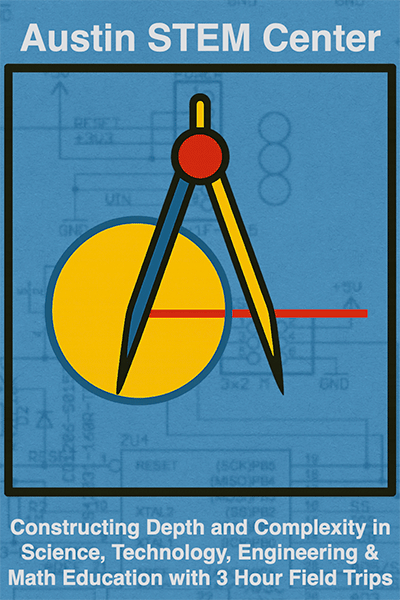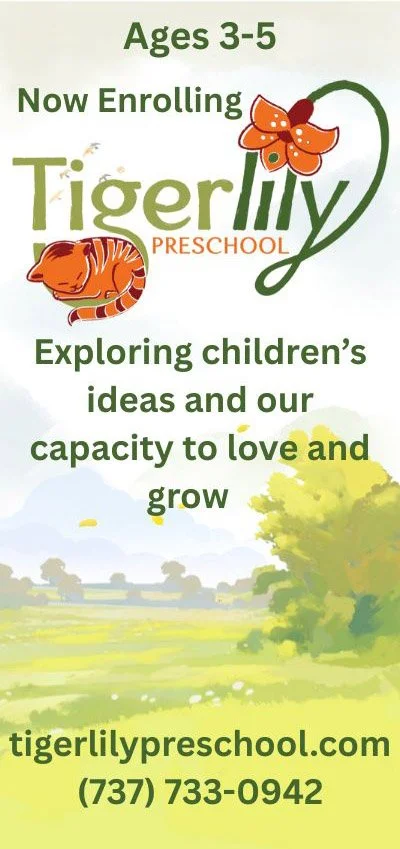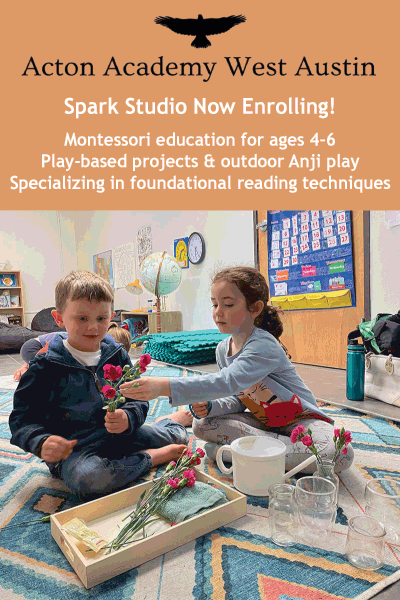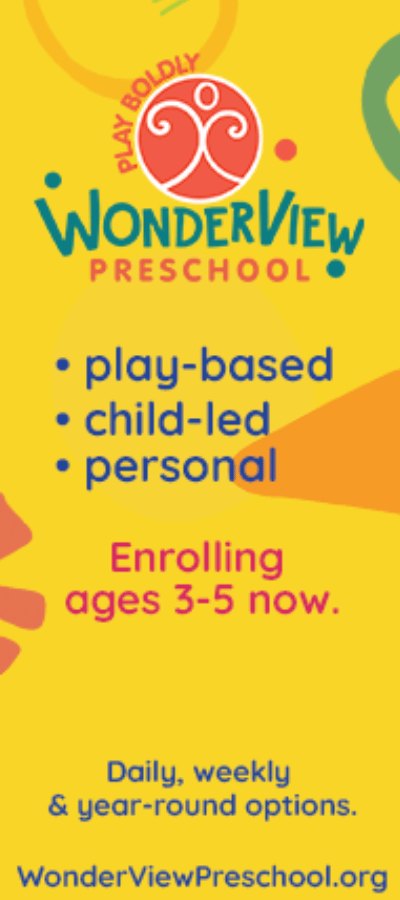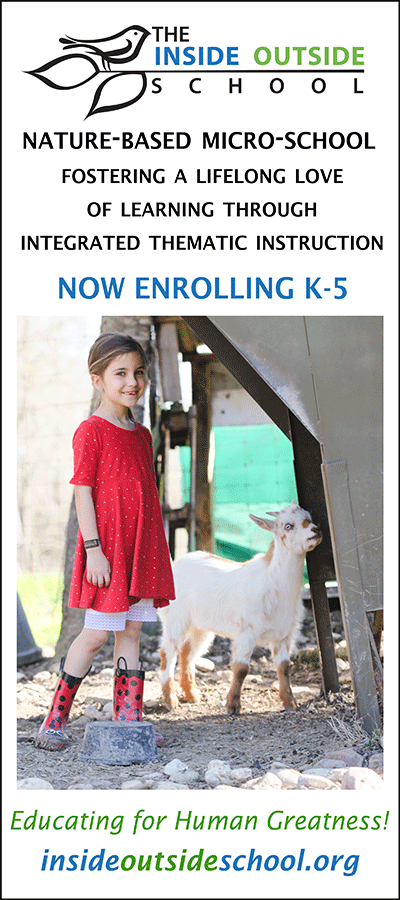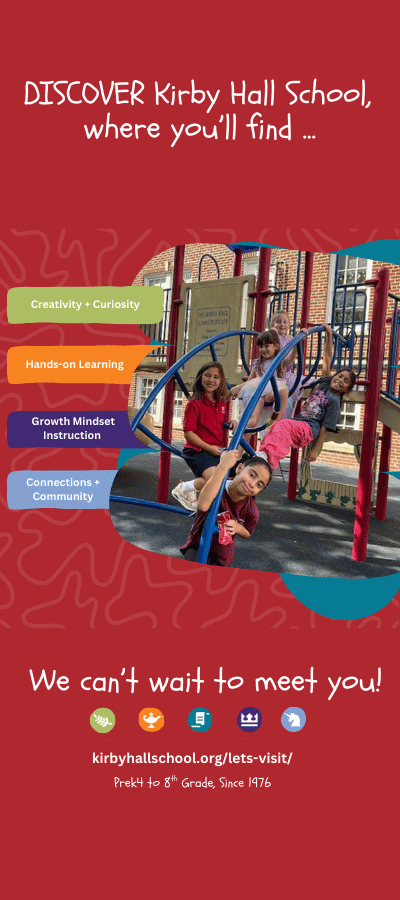Why I instruct my students in the art of lock picking
/Guest contributor Ken Hawthorn is the founder of Austin School for the Driven. Students at Driven smash educational silos and question the premise of the question in their learning journey. Hawthorn is the author of Super Arduino. Outside of Driven, he consults with both Austin Community College and the University of Texas at Austin on makerspace education and design.
The Real Deal
Over the last eight years, I have offered my students instruction in lock picking. I am not talking about just sticking a paperclip in a hallway doorknob, but how to systematically pick the same locks you find on 80 percent of residential and business front doors. I offer this instruction starting in 5th grade. For students to get consistent at this skill, they need quite a few hours of practice. Why would I take class time to do this?
A Physical Analogy for Life
The person who does not know how to pick locks lives in a world where every locked door is a hard no. There is no choice to open that door. Having taught perhaps 400+ people to pick locks over the years, I have never had one student, child or adult, report back to me that they changed their behavior in any way after learning to do it. So why am I teaching this skill?
The answer is that there is a huge mental shift in someone who has learned to pick most of the locked doors that surround them every day. It’s a shift from “every locked door is a hard no” to “every locked door is a polite request to please keep out”—the choice is now up to the individual. This is really significant in the context of personal agency—the level of internal belief that you can change the world around you. When my students have learned lock picking and then have an idea in high school or college and someone says, “That’s a stupid idea,” they are more likely to reply with a “Thank you for your perspective; I will make my own judgment.”
We don’t normally raise our children with a lock on the cookie jar through age 18. Pretty early on, students need to know that they can open the cookie jar at any time and must use their executive function skills to do so when given permission and not count on a physical lock to deter them.
I have found that around 5th grade is the right time to give students this lens through which they can see that the world is theirs to navigate and that they should have the knowledge and tools to go where they want—all the time doing so in the context of social rules and contracts that they choose to follow. From cars to kitchen knives, students going into high school will need to wield tools that require this commitment to using them correctly and within the social context they are navigating.
The Lock as a System
What is the nature of a lock? A lock is a system. Our goal is to turn the keyway in a lock. This requires that the internal pins of a lock line up in just such a way where each pin is held not too low or too high. For most front door locks, this means about 31,000+ possible key patterns to lift each pin into exactly the right position. Without a key, we need to use micro-tactile feedback with the pick and a turning tool to set each pin correctly and keep each pin in position as we are working on the next pin. This is difficult and takes concentration, but with practice, locks go from a black box to a well-understood system that can be opened with the application of skills and the right tools.
How to Learn More
Now that you know why I teach my students how to pick locks, let me leave you with the resources to learn this on your own.
Image Credit: Deviant Ollam / deviating.net
Deviant Ollam has a great set of open-source materials to learn lock picking. This link is a rabbit hole of knowledge. He came out and led a great workshop for students at the Texas School for the Blind and Visually Impaired.
In Austin you have a couple of free hands-on resources to learn lock picking:
The Longhorn Locksport Club meets every other Saturday at Batch Brewery.
Austin School for the Driven puts out a free table at the SFC farmer’s market every other Saturday (weeks Longhorn Locksport is not meeting).
My hope is that groups of students and adults learning to pick locks will start to be described as engaged in locksport vs. lock picking. Whatever you want to call it, I will continue to teach these skills because I have seen the benefits for my students.
Ken Hawthorn | Austin School for the Driven
